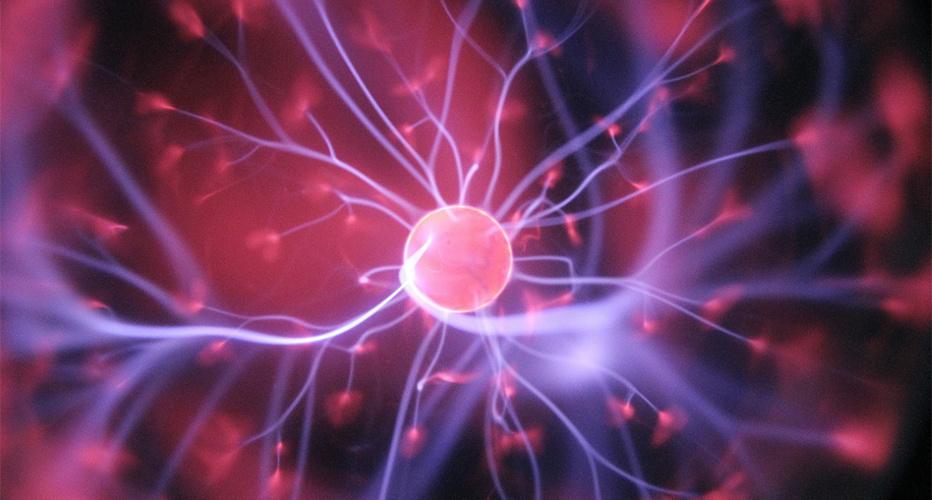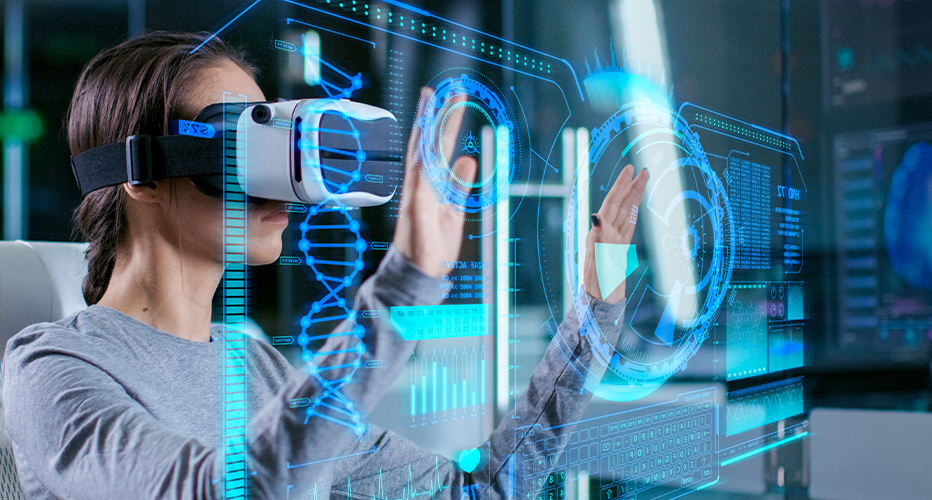USER EXPERIENCE & APPLIED NEUROSCIENCE
Leverage scientific insights to accelerate business success

2022
UX is not an event, it’s a continuous process, it’s a journey! UX should be an ongoing, flexible aspect of every company's long-term strategy to create digital products that delight customers.

User Experience Research, exciting future ahead
User experience encompasses all aspects of the end-user's interaction with the company, its services, and its products.
Don Norman & Jacob Nielsen
The most common research approaches for capturing User Experience are based on observation, in which researchers attempt to interpret a behavior they observe or on self-reported measurements, such as interviews, in which the participant is required to assess a previous behavior and/or make assumptions about their future behavior in relation to a digital product.
Examples
Researcher: "How often do you use this application?"
Participant: "3-5 times a week"
Researcher: "How willing are you to recommend this app to a friend?"
Participant: "Very"
While such methods demonstrate plenty of merits, such as quickly exploring multiple topics in depth, or providing a brief direction to product designers towards the needs, thoughts and challenges a target audience faces with a product, new technology advancements in Neuroscience, leave an exciting window open, for more well-defined observations. When a person is asked "Why did you react like this at that point?" there is a high probability that either people won’t be able to answer accurately or even the researchers themselves might misinterpret their responses. The cause behind this phenomenon has nothing to do with people's intents to offer false information, rather it merely means that as humans, we sometimes lack the ability, to express or predict our own behavior.
Cognition is complex
Physiology and Psychology are not at all separate from each other. Rather they are deeply intertwined.
Abhijit Naskar
Human behavior is not streamlined and can be affected by highly unconscious mechanisms. Based on neurocognitive evidence, millions of neurons fire in the user’s brain immediately after they encounter a new product – an app or a website. This cognitive state enables the consumer’s brain to make multiple judgements that occur rapidly and stand beyond their conscious control.
To put it simply, the human brain has 2 distinct processing streams to analyze environmental information, which usually collaborate with each other to form a representation or an experience:
- The fast-thinking system (dorsal stream), which is highly subconscious and automatic, based on our first impressions, i.e. emotions, feelings and reflexes.
- The slow-thinking system (ventral stream), which is highly analytical, logical, and focused-on details after our conscious and voluntary demand.
For example, when users meet a clear interface that guides them step by step, they don't need to overthink; instead, they finish their digital journey automatically and stress-free, saving cognitive resources and extending their engagement with the product. Processing a challenging website with a large amount of text, multiple colors, or inconsistent fonts and button sizes, on the other hand, necessitates far more demanding functions, such as intentionally shifting attention towards specific elements to mentally analyze them, causing cognitive fatigue quickly, which ultimately leads to increased bounce rates due to user aversion.
According to Northumbria and Sheffield Universities (2004), 94% of customers place their primary judgment on a website in its visual design, and how easy is for the user to navigate it or make a purchase. Moreover, a Google study in 2012 has demonstrated that, based on their first impressions, customers need less that 1 second to decide whether to continue or abandon their journey on a website. To be more precise, approximately 50 milliseconds!
Considering that users are unaware of these rapid and highly unconscious events occurring in their brain when interacting with a digital product, research of human behavior suddenly appears to be a much more complicated issue, that cannot be fully covered by self-reported data. Going forward, UX researchers will have the needed tools for more sophisticated techniques, to allow them to study these fascinating and hidden customers’ emotions and behaviors, to effectively design personalized, user-friendly products.
Modern technologies arising from Cognitive Neuroscience include EEG headsets, eye-tracking equipment, facial and skin analysis tools, clickmaps and heatmaps platforms, providing evidence about nearly invisible cognitive processes that are necessary for identifying users’ behavior in complex environments. The idea is capturing real data on decision making, as it relates to a given situation. This type of data allows businesses to understand accurately how and when individuals are making decisions and use this data to prioritize their development to create experiences that delight their customers, while the product remains easy to use. This allows business owners to save time, resources, and funds that would otherwise be spent on traditional research, by redirecting their efforts to specific business topics, setting certain metrics and KPIs, increasing accuracy on results.
Business Leadership Transition
Neuroscience revolutionizes business decisions by drawing on unconscious information.
Deloitte Innovation: Neuroscience Institute

During the last decade, a growing business shift has been observed, portraying Applied Neuroscience as the upcoming corporate leadership trend. Modern businesses leverage data more than ever – whether to extract an insight, to support a hypothesis or to arrive at a conclusion. Research and Development (R&D) strategies, Neuromarketing trends, Recruitment and Training processes, new business models, and continuously emerging technologies such as AI-Personalization or VR/AR technologies are some examples.
For instance, VR shares with the brain the same basic mechanism: embodied simulations. According to neuroscience, to regulate and control the body in the world effectively, the brain creates an embodied simulation of the body in the world, used to represent and predict actions, concepts, and emotions. VR works in a similar way: the VR experience tries to predict the sensory consequences of an individual's movements, providing to them the same scene they will see in the real world. What we're finding is that there are very similar types of brain networks activated in these virtual environments.
The merging of VR/AR technology and the scientific knowledge provided by neuroscience is fully utilized in the establishment of the metaverse - a digital environment with the user experience as its key element.
Users now have a wide range of products and services to choose from, and it is more important than ever for businesses to stay ahead of the competition. However, in this rapidly evolving and exciting new era, Neuroscience can provide businesses with the additional tools and approaches they require to delve deeper into their customers' behavior and demands. If UX researchers use these new technologies to their full potential, they will be able to deliver deeper consumer insights to product teams, resulting in products and services that meet the demands of future consumers.
ATCOM: From Digital to Purpose

